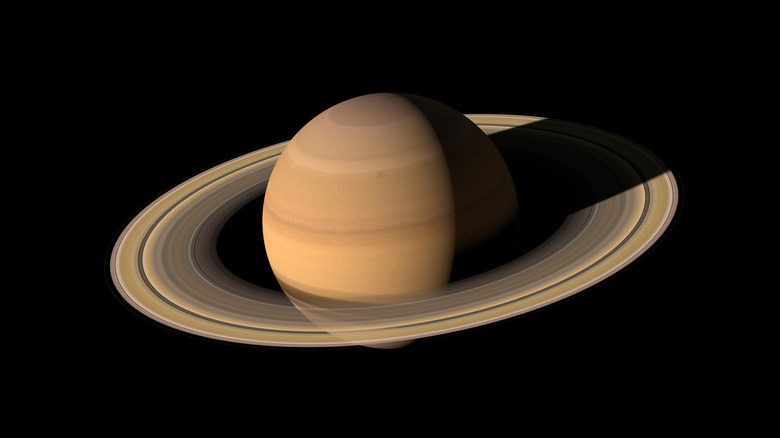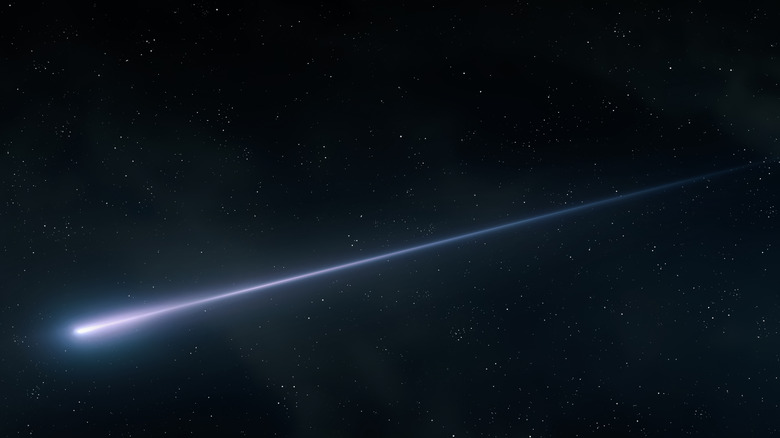An Object May Have Hit Saturn And Astronomers Have One Big Question
Update (July 9, 2025) – Marc Delcroix from the Planetary Virtual Observatory and Laboratory has confirmed to Sciencing.com that the potential impact was a false positive.
An employee at NASA might just have recorded something never before seen in history: an impact event on Saturn. It has been estimated that roughly seven asteroids or comets collide with the ringed planet on a yearly basis, but up until now, we've never managed to capture one of these impacts on camera. However, on July 5, 2025, Mario Rana, an employee at NASA's Langley Research Center, recorded a video that appears to show exactly that.
Rana is a contributor to DeTeCt, a program that uses software analysis to track potential impact events on Jupiter and Saturn. The project has been running for over a decade, with contributors from all over the world. However, most of the results thus far can only be called estimates because it takes multiple observers to verify any impact event. Astronomers are not yet sure whether Rana's footage shows a legitimate impact, or just a glitch in his equipment, and in order to find out, they're analyzing data from all around the globe.
In an effort to verify the potential impact event, the Planetary Virtual Observatory and Laboratory put out a request to astronomers both professional and amateur, hoping to acquire more data. Anyone who captured footage of Saturn on July 5 between 9:00 am and 9:15 am UTC is encouraged to submit their findings. If anyone else captured a bright flash on their camera at the same time, it means the impact event was almost certainly real, and that would be a major breakthrough.
Why scientists are so fascinated by impact events on gas planets
It is rare to witness a major impact event on any planet, and especially on a gas giant like Saturn. Although there is a great deal of solid debris flying about in space, it rarely ever hits the surface of a planet. Earth is bombarded by space debris on a daily basis but almost all of it burns up in the atmosphere. However, in the rare cases that large objects like asteroids actually hit a planet's surface, they can change the course of history. Just ask the dinosaurs.
Major impact events in Earth's history are marked by craters, which are also seen on the other rocky planets. However, Saturn and Jupiter are cloaked in clouds of hydrogen and helium that obscure the traces of any impact. We can see evidence of impacts in the rings of Saturn, which bear ripples where debris has passed through them. However, it is believed that almost all of these impacts came from very small objects. The flash observed in Mario Rana's footage suggests something much larger, and far less common.
A January 2025 study published in Astronomy and Astrophysics calculated that the impacts from objects one kilometer in diameter or larger may occur as rarely as once per 3,125 years on Saturn. That means the impact observed earlier this month could be less of a once in a lifetime event, and more of a once in forty lifetimes event.

